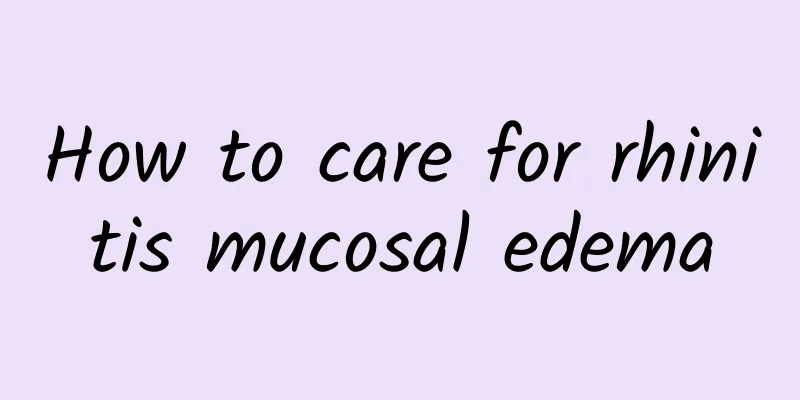Is giant cell tumor of bone hereditary?

|
In current clinical practice, the main symptom of giant cell tumor of bone is age-related, generally between 25 and 45 years old. It is relatively rare in adolescence and also relatively rare after the age of 50. The incidence rate in men is lower than that in women. After the onset of the disease, it will cause headaches, soreness, and even a dull pain. Whether it is hereditary can only be determined after examination. 1. Clinical characteristics 1. Age The peak age of incidence of giant cell tumor of bone is 20 to 45 years old. It is rare before puberty, before epiphyseal closure, and after the age of 50. 2. Gender It is slightly more common in women than in men. 3. Location Giant cell tumors of bone often occur at the ends of long bones, especially the distal femur, proximal tibia, distal radius, and proximal humerus. A few cases involve the pelvis, sacrum, or other vertebrae. Giant cell tumors of bone with multicentric origin are very rare and usually involve small tubular bones and short bones at the end of the limbs. Primary soft tissue tumors with morphological features of giant cell tumors are extremely rare. 4. Symptoms and Signs The main symptom is pain, which is often aching, dull or dull, and is the main reason for patients to seek medical treatment. Some cases have local swelling, which is mostly caused by bone expansion. When the lesion penetrates the bone cortex and invades the soft tissue, the local mass becomes more obvious. Tenderness and increased skin temperature are common. When the tumor is adjacent to a joint, it often causes joint dysfunction and joint effusion. A small number of patients seek medical treatment due to pathological fractures, which can cause severe pain and functional impairment. Tumors that occur in the spine and sacrum often cause symptoms of nerve compression. 2. Imaging manifestations 1. X-ray characteristics X-rays of lesions occurring in long bones usually show expansive, eccentric osteolytic lesions, sometimes with a soap-bubble appearance. There is generally no periosteal reaction or bone formation. The lesions mainly affect the epiphysis and adjacent metaphysis, often extending to the subchondral area and sometimes involving the joints. In a few cases, the lesions are confined to the metaphysis, which often occurs in adolescents whose epiphyseal plates are developing. Lesions occurring in the diaphysis are usually less common. Campanacci classified giant cell tumor of bone into three grades based on its imaging characteristics: grade I is a static lesion located in the bone with clear boundaries and a sclerotic margin on the periphery; grade II is an active lesion with clear boundaries, thinning and expansion of the bone cortex, and no sclerotic margin on the periphery; grade III is an invasive tumor that penetrates the bone cortex, forms a soft tissue mass, and has unclear boundaries. The above grading system does not correspond well to histological changes. 2. CT and MRI manifestations CT examination can provide a more accurate assessment of whether the tumor destroys or penetrates the bone cortex or invades the joint. MRI imaging is of great value in evaluating the extent of tumor extension within the bone and the extent of soft tissue and joint involvement. Giant cell tumors of bone typically show low to intermediate signal on T1-weighted images and intermediate to high signal on T2-weighted images. Due to the presence of a large amount of hemosiderin in the lesions, low signal changes are often produced in the above two MRI manifestations. |
<<: Esophageal cancer inheritance
>>: Multiple sclerosis genetics
Recommend
What is the difference between raw Rehmannia and cooked Rehmannia
Both raw rehmannia and cooked rehmannia have medi...
What to eat for female hormone imbalance
Hormone imbalance is a common phenomenon at prese...
What are the dangers of congenital scoliosis?
Congenital scoliosis is relatively common in clin...
Coughing and breathlessness
Nowadays, most people love beauty very much. No m...
Soak your feet while doing moxibustion
Moxibustion is a health care method that many peo...
Chronic inflammation of the nasopharynx
Chronic diseases are prone to occur in the nasoph...
Best treatment for colitis
When it comes to the disease of colitis, I believ...
Are there any side effects of taking Chinese medicine?
Many female friends think that taking Chinese med...
What should I do if I have bad breath due to severe stomach fire?
Why is chewing gum so popular nowadays, so easy t...
What are the benefits of drinking Houttuynia cordata water?
The Chinese medicinal herb Houttuynia cordata is ...
What are the differences between Pueraria lobata and Pueraria lobata
Many people do not know about Pueraria lobata and...
What is the effect of drinking Astragalus leaves soaked in water?
I believe many of my friends are familiar with th...
Can cervical degeneration be cured?
Don't wait until your cervical spine degenera...
Effects and functions of Pudilan granules
Pueraria lobata anti-inflammatory tablets are a C...
What to do if your toenails are broken
It is common for toenails to be broken. There are...









